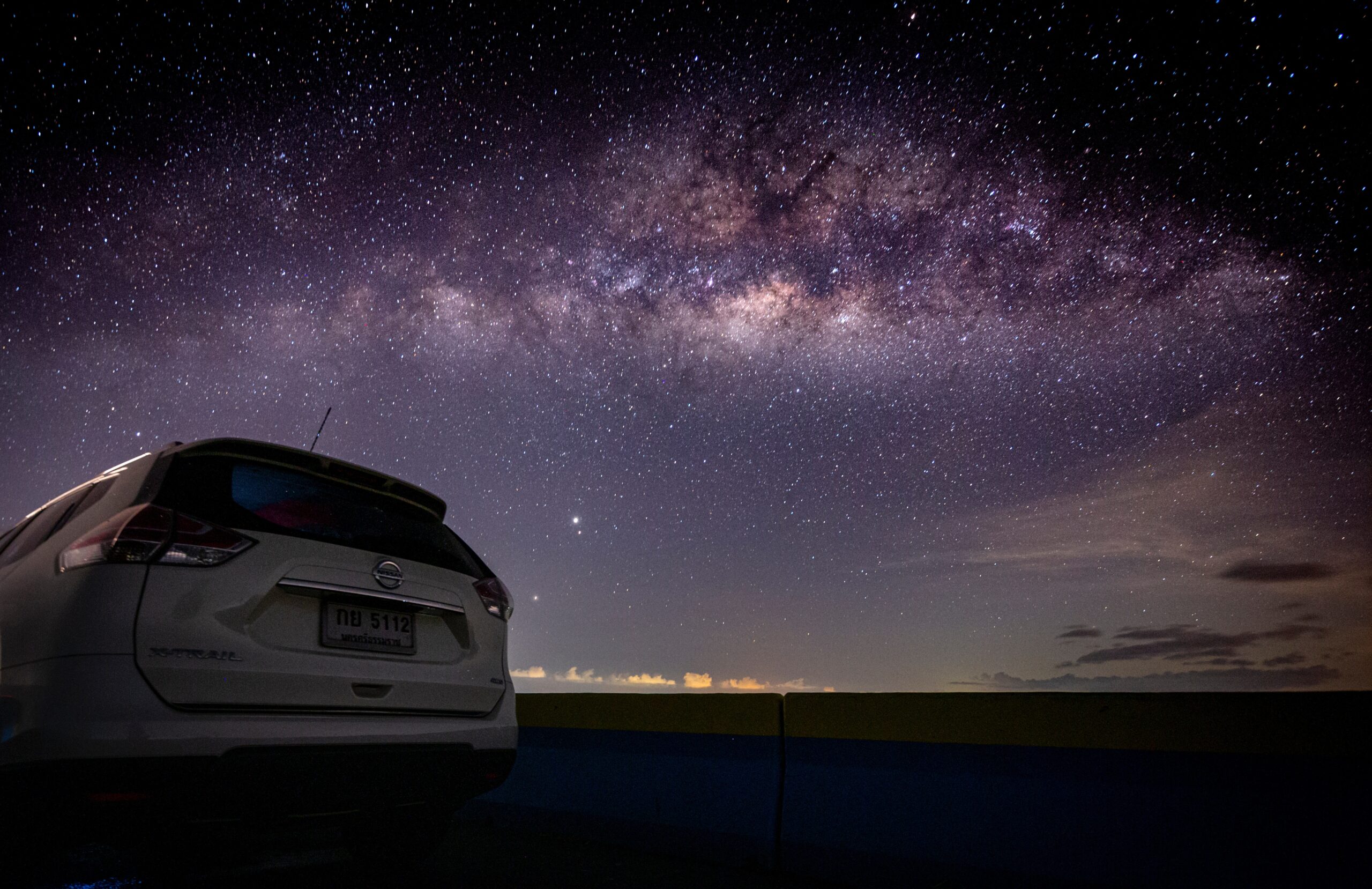ZONAUTARA.com – Have you ever seen the sky at night and the black sky is full of twinkling stars? Maybe you’ve even counted it right? The main question, what is the total amount star who is in space?
Brian Jackson, Associate Professor of Astronomy at Boise State University, through his article on The Conversation wrote that he had found a way to estimate the total number of stars in the universe.
Of space, scattered clusters of stars, planets, gas and dust there. Like humans, galaxies are also diverse, they have different sizes and shapes.
Earth is in the Milky Way, a spiral galaxy in which the stars are clustered in spiral arms revolving around the galactic center. While other galaxies are elliptical and some are irregular.
Before counting the number of stars in the universe, astronomers must first estimate the number of galaxies. To do that, they took very detailed pictures of small parts of the sky and counted them all galaxy which they see in the pictures.
That number is then multiplied by the number of images needed to photograph the entire sky. The answer is, there are about 2,000,000,000,000,000 galaxies in the universe. If you find it difficult to count the zeros behind it, then in short the number is 2 trillion. Very very much isn’t it? What about stars?
Astronomers don’t know exactly how much star in each of those 2 trillion galaxies. Most are so far away, there’s no way to know for sure. But we can guess well the number of stars in our own Milky Way. The stars are also diverse, and come in a variety of sizes and colors.
Our sun, a white star, is of medium size, medium weight, and moderate heat at 27 million degrees Fahrenheit or 15 million degrees Celsius at its center.
Bigger, heavier, and hotter stars tend to be blue, like Vega in the constellation Lyra. Smaller, brighter, and fainter stars are usually red, such as Proxima Centauri.
Red, white, and blue stars emit different amounts of light. By measuring the starlight, astronomers can estimate how many stars our galaxy has.
With that method, they found the Milky Way has about 100 billion stars.
If we use the Milky Way as a model, we can multiply the number of stars in an ordinary galaxy (100 billion) by the number of galaxies in the universe (2 trillion). The answer is a very astonishing number. There are about 200 billion trillion stars in the universe. Or, in other words, 200 sextillion.
–


